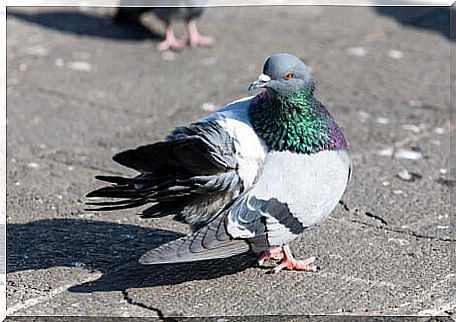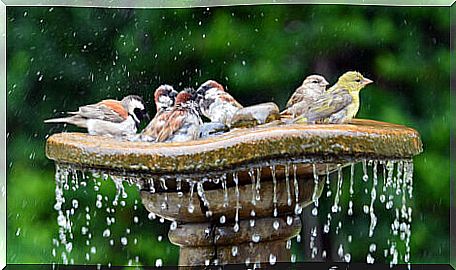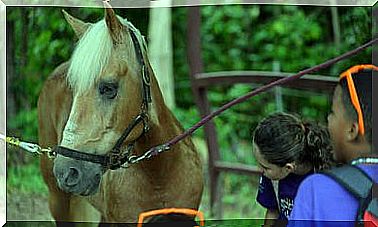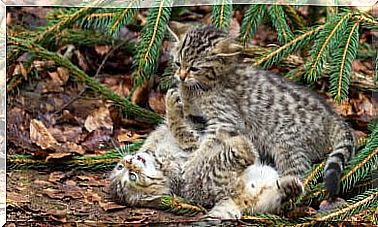How To Scare Off Birds?

While their presence is always a joy to the eyes and ears, birds can pose a danger to someone – or to themselves – when it comes to spaces inhabited by humans. Do you want to know how to scare off birds without altering the ecosystem?
For example, you may need to protect your animals from birds of prey or you may have plants that are toxic to birds in general. For these and many other cases, the techniques we’ll introduce below are effective—and generally inexpensive. Don’t miss it!
How to scare off birds from open spaces
Places such as plantations, gardens or open spaces where animals that are prey can be hunted by predators – such as birds of prey – require barriers or deterrent methods. These are some of the most effective ones:
- Traditional scarecrows: they are effective, but it is necessary to change some of their elements from time to time so that they don’t lose their functionality. You can change their clothes, move them or add accessories such as tools.
- Olfactory repellent for birds: normally this type of product is sold in the form of bags or gel discs. Can also be used for windows and roofs. However, be sure to buy a model that does not contain any substances toxic to birds.
- Physical barriers: nets are very effective in protecting delimited areas such as vegetable gardens. However, they must be made of suitable materials that do not allow any birds to be trapped. Above all, it is necessary to be careful not to leave openings, to prevent the birds from getting trapped.
- Putting branches on the planting: when the first shoots of the crops appear, some birds appear to eat them. You can put branches on them, which forces the birds to land on them, while preventing them from reaching the shoots.
In some places, there is the alternative of releasing natural predators to control certain species, such as pigeons and hawks. However, this requires constant monitoring to maintain the ecosystem’s balance, which is why it is a very controversial method.

Keep birds away from windows, railings and roofs
Screens are still a good solution for winter gardens or holes in buildings where you don’t want pigeons and other birds to nest or roost. However, remember that you must be especially careful not to leave any animals trapped or confined in this space.
In the case of roofs and windows, the most used strategies are usually to place predator figures, such as scarecrows in the shape of owls. These options that simulate predatory birds prevent the approach of other species, such as pigeons, sparrows or parrots.
Other effective devices are ultrasound emitters. They create inaudible frequencies for humans that keep birds away from buildings and other spaces. However, other species, such as dogs or rats, can be affected by ultrasound – you may be able to keep them away from the source of the sound.
For this reason, many people opt for auditory repellents that, instead of emitting frequencies, reproduce sounds of predators. These sounds, to avoid habituation, can be alternated with cries of stress or danger from the species of birds that usually roam through space.
However, be careful with the method of hanging a reflective disc on windows and terraces. Although cheap and effective, it has recently been discovered that reflections can blind birds in mid-flight, causing accidents.

Scaring the birds doesn’t have to end badly
Although it is not obvious, in urban environments there is also a balance between species that must be maintained to avoid imbalances, such as the appearance of pests or the transmission of diseases. Also, when it comes to protecting other animals – as in the case of a sanctuary – physical barriers are always better.
The ethical discussion of scaring birds has been in vogue for some years. The techniques that keep them at bay instead of killing them have proven to be just as effective and less dangerous for everyone, human and non-human. In the end, the most important thing is to live in peace with the species around us and find balance.









